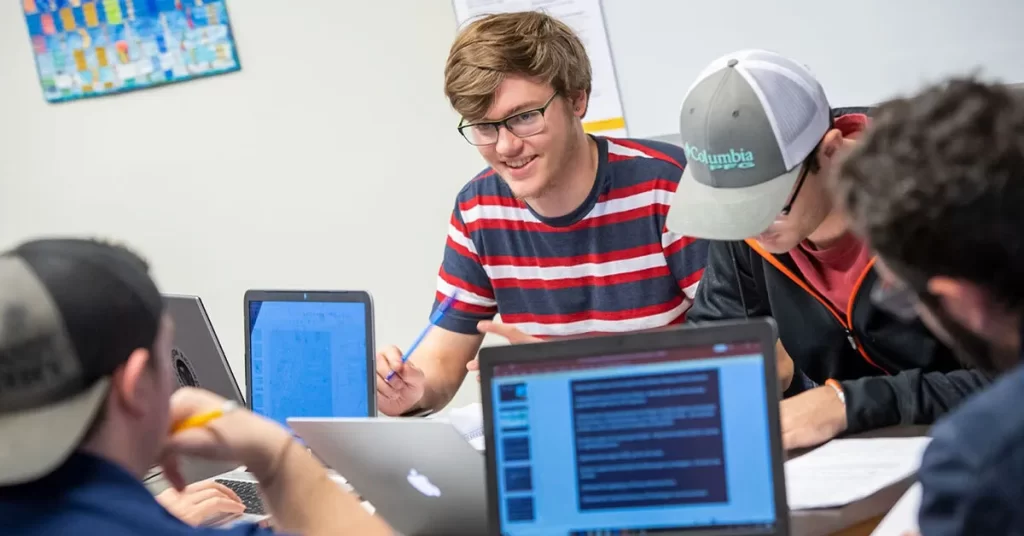
Technology’s influence in education has grown exponentially. It offers students access to an abundance of educational resources and tools, enabling them to learn when it works best for them.
Technology can make learning more fun and engaging for students, leading to improved academic performance. Furthermore, it enables teachers to differentiate instruction based on each student’s individual needs.
1. It allows students to learn at their own pace
Technology allows students to learn at their own pace, developing independent learning skills. They can utilize online resources for research on various topics and discovering what they want to learn.
Teachers can utilize technology to customize their lessons according to each student’s individual needs. Doing this helps students learn more effectively and boost their grades.
Technology can assist teachers in avoiding classroom boredom, which can hinder learning and put students at greater risk for falling behind. By utilizing online videos and games, educators can keep students engaged without sacrificing their learning experience.
Technology also gives learners access to education from anywhere, whether it be live streaming or satellite broadcasting. This has the potential to significantly improve the lives of those living in remote regions who find it difficult attending school due to technology.
2. It makes learning more interactive
Technology makes learning more engaging, encouraging students to learn by doing. This approach works well since doing helps students retain information better and learn faster.
Technology also accommodates a range of learning styles, making it simple to cater to different learners’ requirements. For instance, some people learn best through lectures while others gain insight through examples and reading material.
Teachers can tailor content to suit all learning styles, ensuring all students get what they need from education.
Another way technology can make learning more engaging is by presenting exercises as games or encouraging students to compete against each other through “gamification.” Studies have demonstrated that this approach increases learner engagement and motivation, leading to improved learning outcomes.
Classroom collaboration can also improve. This encourages students to stay motivated and promote teamwork – an invaluable skill for all learners.
3. It allows students to communicate with each other
Technology in education can be an invaluable tool to help students develop effective communication skills, especially those who are deaf or have other disabilities. Deaf students can utilize their phones to send texts and send videos directly to other deaf or hearing students in the classroom.
Teachers can better monitor student progress with technology by posting homework assignments online. This way, teachers can see how many students completed their assignment and where they stand in the learning process.
They can also provide feedback in real time, which is much more efficient than sending written assessments or emails back and forth.
Teachers can incorporate games into their lesson plans to make learning more enjoyable and captivating for all students. Apps like Kahoot allow students to participate in class with a game that’s simple to create and share, making learning fun and interactive!
4. It allows students to learn in a variety of ways
Technology offers educators a great way to meet students’ individual learning styles. Whether they prefer reading, listening or watching videos, technology allows teachers to use multiple methods so all students are able to comprehend the material presented.
Furthermore, technology can assist students in honing essential skills that will be essential for success in the future. For instance, it teaches them proper writing and spelling mechanics.
This can be accomplished using word applications and dictionaries on a computer that will automatically correct their grammar mistakes while they take notes in class.
Another way technology can enhance learning is by encouraging collaboration. Online forums and shared documents enable students to work together toward finding solutions to problems and learn from one another’s experiences.






